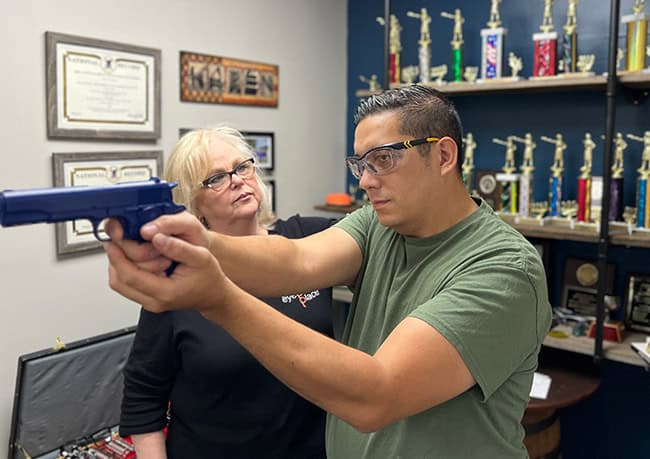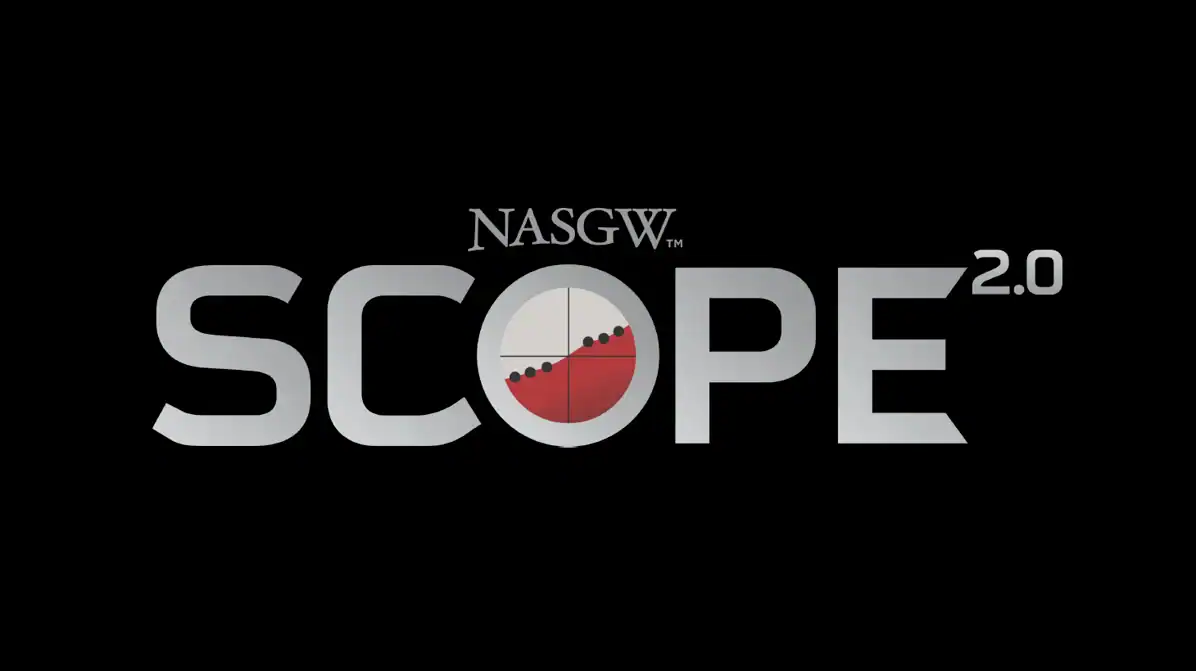Handgun Sales Today
Signs Of Supply “Normalizing” — But Uncertainty Remains
After what the industry has been through during the past 18 months, you’d be hard-pressed to find anyone ready to make predictions about when we might return to normal. But we’re starting to see signs the worst of it — barring some fresh upheaval — is behind us.
With the summer months rolling in, crowds of handgun buyers thinned out to more traditional levels, with folks once again spending time outdoors, traveling and enjoying time with family and friends.
“We’re getting closer to a new normal,” said John Harvey, owner of Oak Ridge Gun Range in Orlando, Fla. “The pot is simmering. We can have a really busy day and then we can have a slow day.”
Most telling is a customer can walk in the door pretty much any day of the week and buy a handgun. It may not be exactly what they’re looking for, but they can at least buy something. As a result, Oak Ridge has started taking a lot of special orders from customers. Still, they’re making sure everyone understands lingering uncertainties mean there are no guarantees about when those requests might get filled.
“We’re not even taking money on special orders,” he shared. “I don’t want to have to do refunds if the order hasn’t arrived in six months.”
Used Guns
It’s a similar story at Wichita Gun Club in Kansas. There were times last year when heavy buying would leave the shelves empty and the store looking like it was going out of business.
Owner Jess Hancock has long been active in the used-gun market, but this niche became a major part of the business during the recent chaos. They made several significant buys, including a couple 200-gun estates. They also purchased many smaller collections.
“It kept us relevant and sustained our business,” he said.
He sees no reason to change the approach going forward, but he’s adjusting the purchasing strategy now that new guns are more plentiful again.
“It’s weird to be getting back to normal,” he acknowledged. “I have to tell the guys not to buy every gun coming through the door.”
The flavor of shoppers coming into the store has also changed. They aren’t seeing nearly as many of those first-time buyers who’d never set foot in a gun store before last year. Salesmen aren’t being overwhelmed by newbies with no real idea what they’re looking for.
“We’re getting people who come in looking for specific guns. They’re already gun owners,” Hancock said.
The change has been noticeable from the supply side, as well. Gone are the days of frantic calls to distributors and wholesalers looking for anything to put in the display cases.
“They’ve hit the brakes too,” Hancock noted. “We were begging them for any gun and taking anything they offered. Now, I’m getting offered 30 guns a day we’re passing on.”
What’s Selling?
Unsurprisingly, the compact and subcompact markets are maintaining their dominance, particularly as more options become available. Models like the SIG SAUER P365, Springfield Armory Hellcat, GLOCK 43 and Smith & Wesson Shield EZ are still in constant demand.
“Even now, with the slowdown, we can’t keep them in stock,” Hancock shared.
Dunn’s Sporting Goods in Pevely, Mo., sees the same sales patterns, with the occasional snub-nose revolver joining the mix.
“Some people want a range gun or something to keep by the bed, but our biggest sellers are carry guns,” confirmed Manager Nathan Dunn.
He also sees promise in new entries, including the hard-to-get Ruger MAX-9 and Taurus GX4: “Everybody is going after the 12-shot micro compact. People want a small gun that holds a bunch of rounds.”
The problem remains, however, most of the popular models from top makers continue to be in short supply. The industry has a way to go before a customer can walk into a random gun store and expect to find a dozen different 9mm GLOCKs.
As a result, many shops are filling those display-case gaps with guns from lesser-known manufacturers like SCCY, SAR and Canik.
“We sell a lot of those,” said Harvey from Orlando. “Some of these other companies have taken over.”
Dunn agrees: “It’s a hell of an opportunity for those guys to get some market share and get their guns in guys’ hands.”
Still, there are risks in stocking too much of this inventory. At some point, the more popular brands and models will be plentiful again. And there are no guarantees these less popular brands will maintain demand levels when it happens.
“You don’t like to get too far out there,” Dunn counseled. “You don’t want to extend yourself on stuff you were lukewarm on to begin with.”
Ammo Impact
Of course, the ammo situation continues to be a wild card for the industry. Somewhat surprisingly, the shortage and the accompanying price hikes haven’t affected handgun sales. Most stores do what they can to hold back ammo for gun buyers, but there’s never a guarantee ammo will be available, particularly for less popular calibers.
“We’ve been able to sell guns without ammo with no issue,” said Hancock in Kansas.
Like the other dealers interviewed for this story, he’s not optimistic about the short-term future for supply and prices. No one expects prices to go back to where they were before the trouble hit.
“I don’t see the prices going back down. At least not back to what they were,” he predicted.
Strangely, however, he’s having trouble moving some of the 9mm ammo he purchased recently. Having little luck with regular distributors (he’s had an unfilled order in with a major ammo manufacturer since March 2020), Hancock has turned to outside channels. A month ago, he purchased 140,000 rounds of 9mm.
“Everybody is going after the 12-shot micro compact. People want a small gun that holds a bunch of rounds.”
Nathan Dunn • Manager Dunn’s Sporting Goods • Pevely, Mo.
Local demand for this ammo has dropped considerably. “I sell one or two cases a day. Four months ago, it would have all been gone in a few days,” he said. “It’s perplexing.”
At Oak Ridge in Orlando, Harvey has managed to keep ammo in stock throughout the past year — but only through strict rationing. They sell it to range users and people who buy guns.
“We always stock up before a presidential election. We had stocked up with a year’s supply, but we blew through it really fast,” he recalled.
Like everywhere else, their retail prices have soared right along with replacement costs. “It reflects what we are paying,” he confirmed. “We used to pay $11 or $12 for a box of 9mm. Now we’re paying $25.”
While gun sales may not have been impacted by the ammo shortage, there is reason to worry it could stand in the way of turning those first-time buyers into repeat customers and recreational shooters, argued Dunn in Missouri.
“People are afraid to get out and shoot if they can’t replace it,” he said. “One thing that will help is having ammo become readily available.”
First Timers
While the ultimate goal is seeing those first timers become industry regulars, there’s also the basic need for them to train with their new guns. Hancock, in Kansas, doesn’t have a range, but does offer range cards for a couple local ranges.
“We don’t like to think there’s a significant number of owners who have never fired their guns. We try to get them to our neighbors to get training,” he informed.
At Oak Ridge, the rapid sales of the past year forced a rethinking of how they offer training. In normal times, every gun purchase comes with free range time and one-on-one instruction. But when you’re selling 20 or more guns a day, it overwhelms the staff.
“We finally had to have a separate larger class for the newbies,” Harvey said. “If they wanted training, we gave it to them.”






